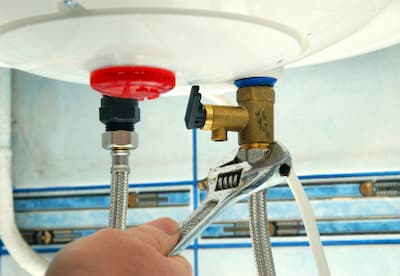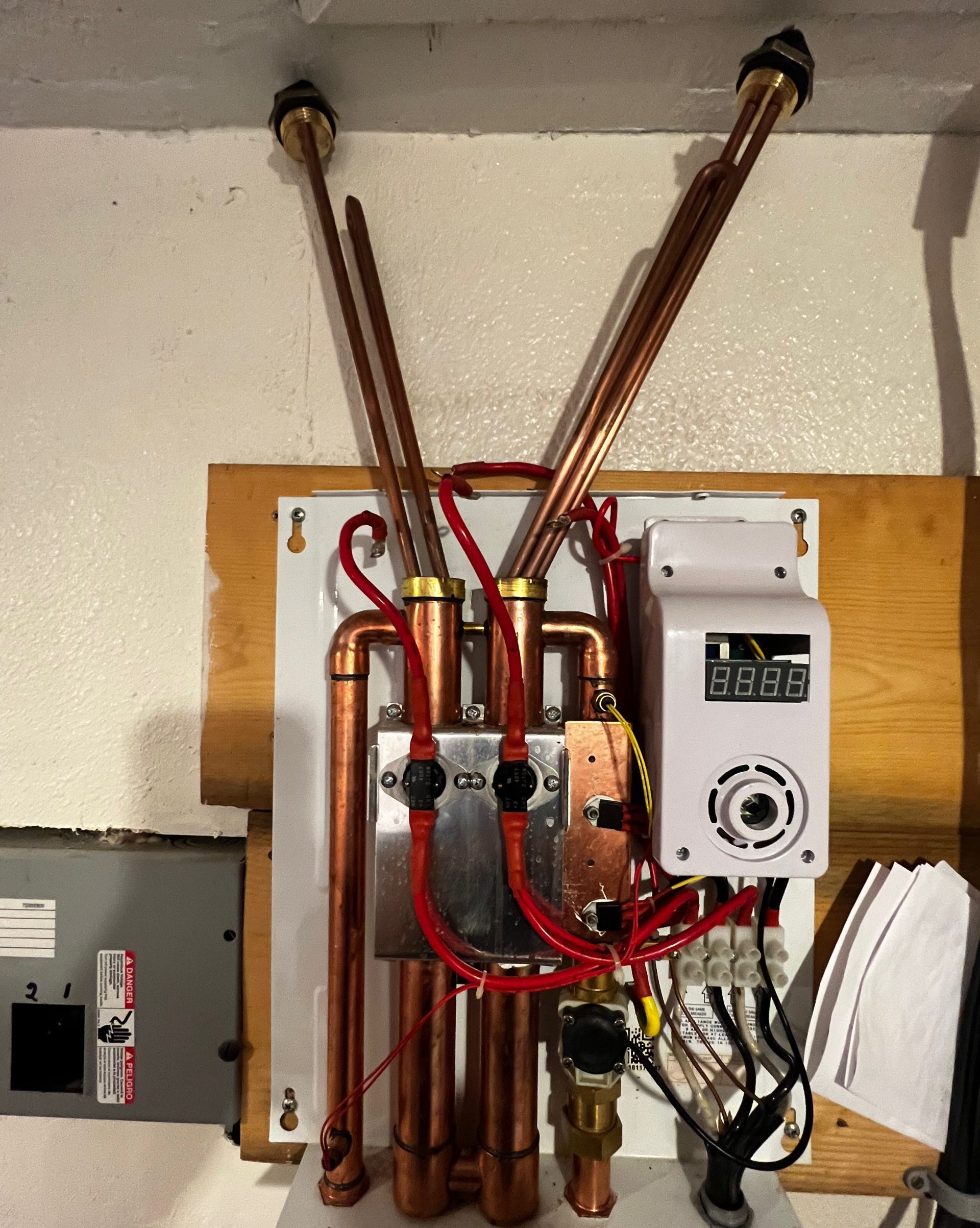Steps to Effectively Maintain Your Home's Hot Water System
Steps to Effectively Maintain Your Home's Hot Water System
Blog Article
Nearly everybody is bound to have his or her own beliefs involving How to Maintain a Hot Water Heater in a Few Simple Steps.

Warm water is necessary for daily convenience, whether it's for a revitalizing shower or cleaning meals. To guarantee your hot water system runs effectively and lasts much longer, regular maintenance is vital. This post provides sensible ideas and insights on how to keep your home's hot water system to avoid disruptions and pricey repair services.
Intro
Preserving your home's hot water system could seem complicated, but with a couple of easy actions, you can guarantee it operates efficiently for years to find. This overview covers whatever from understanding your hot water system to do it yourself maintenance pointers and knowing when to call expert help.
Value of Maintaining Your Warm Water System
Regular upkeep not only prolongs the lifespan of your warm water system however also ensures it runs successfully. Ignoring upkeep can result in lowered effectiveness, higher power expenses, and even premature failure of the system.
Indicators Your Hot Water System Demands Maintenance
Recognizing when your hot water system needs interest can protect against major concerns. Look out for indications such as irregular water temperature, odd sounds from the heating unit, or corroded water.
Recognizing Your Hot Water System
Before diving right into upkeep tasks, it's practical to recognize the basic elements of your warm water system. Normally, this includes the water heater itself, pipelines, anode poles, and temperature controls.
Regular Monthly Upkeep Tasks
Normal monthly checks can help catch small concerns prior to they escalate.
Flushing the Water Heater
Flushing your water heater eliminates sediment buildup, enhancing effectiveness and lengthening its life.
Monitoring and Changing Anode Rods
Anode poles avoid corrosion inside the tank. Evaluating and changing them when worn is critical.
Evaluating and Readjusting Temperature Level Setups
Adjusting the temperature setups makes sure ideal efficiency and security.
DIY Tips for Maintenance
You can carry out a number of maintenance jobs on your own to maintain your hot water system in top condition.
Checking for Leakages
Regularly inspect pipelines and links for leakages, as these can cause water damage and higher bills.
Testing Stress Alleviation Valves
Evaluating the pressure relief valve guarantees it operates properly and avoids extreme stress build-up.
Shielding Pipelines
Protecting hot water pipelines minimizes warm loss and can save energy.
When to Call a Professional
While DIY upkeep is valuable, some concerns need professional proficiency.
Facility Concerns Needing Expert Help
Instances include significant leaks, electric troubles, or if your water heater is constantly underperforming.
Routine Professional Upkeep Benefits
Specialist maintenance can consist of complete inspections, tune-ups, and making sure compliance with safety and security requirements.
Conclusion
Routine maintenance of your home's warm water system is vital for performance, longevity, and expense savings. By complying with these pointers and understanding when to seek specialist assistance, you can ensure a reputable supply of warm water without unexpected interruptions.
Water Heater Maintenance: The Basics
Maintaining your water heater will ensure it operates efficiently and has a longer lifespan. Neglecting regular maintenance can lead to costly repairs and an even bigger chunk of your savings if you have to replace it sooner than necessary. But there’s good news: Most water heater maintenance tasks are relatively simple and easy for homeowners with basic DIY skills.
Flush the Water Heater
Over time, sediment and minerals can build up in the tank, reducing its efficiency and potentially causing damage. To flush the tank, turn off the power or gas supply, attach a hose to the drain valve near the bottom and open the valve to drain the water until it runs clear. Ideally, flush the tank annually.
Replace the Anode Rod
The anode rod is a sacrificial metal rod that helps prevent corrosion inside the tank. Inspect and replace it every three to five years or per the manufacturer's recommendation. To replace the anode rod, turn off the power or gas supply, drain a few gallons of water from the tank, unscrew the old rod and replace it with a new one. If the anode rod is significantly corroded or covered in calcium buildup, it's a sign the water heater may need to be replaced soon.
Tune-Up
A yearly tune-up can help identify potential issues and ensure your water heater operates at peak efficiency. This typically involves checking the thermostat, burner assembly (for gas heaters) and any other components specified by the manufacturer. During a tune-up, the technician may also clean the burner and adjust the pilot light (for gas heaters) or examine the heating elements (for electric heaters).
How to Maintain Your Water Heater
Insulate the tank. Insulating the tank can improve energy efficiency and reduce heat loss, saving you money on energy bills. You can purchase precut insulation blankets designed specifically for water heaters or use standard fiberglass insulation wrapped securely around the tank. Check the temperature. The recommended water temperature for most households is around 120 degrees Fahrenheit (49 degrees Celsius). Higher temperatures can increase energy costs and potentially cause scalding. Use a kitchen thermometer to check the temperature at the faucet nearest the water heater. Monitor water pressure. Excessive water pressure can strain the water heater and cause leaks or even tank failure. Install a pressure-reducing valve if necessary. The ideal water pressure range is between 60 and 70 PSI (pounds per square inch). Test the temperature and pressure (T&P) relief valve. The T&P relief valve is a safety feature that releases pressure if the tank gets too hot or the pressure builds up too high. Test it annually by lifting the lever and allowing a small amount of water to release. Replace the valve if it doesn't release water or reseal properly. Check for leaks. Regularly inspect the tank, pipes and fittings for leaks or corrosion. Deal with issues promptly to prevent further damage. Even a small leak can lead to significant water damage over time. Consider a tankless water heater. If your traditional tank-style water heater is nearing the end of its lifespan ( typically 10 years), consider replacing it with a tankless water heater. These units heat water on demand, reducing standby energy losses and potentially saving you money on your energy bills. Schedule professional maintenance. While homeowners can perform many water heater maintenance tasks, it's still a good idea to schedule professional maintenance every few years. A plumber or HVAC technician can thoroughly inspect the unit, identify potential issues and ensure it operates safely and efficiently. https://www.homeserve.com/en-us/blog/home-improvement/hot-water-heater-maintanence/

Do you enjoy reading about Tips For Maintaining Your Hot Water Heater? Post feedback further down. We would be pleased to hear your opinion about this write up. Hoping that you come back again before long. Sharing is nice. Helping others is fun. Thanks a bunch for being here. Kindly check up our website back soon.
Schedule Appointment Report this page